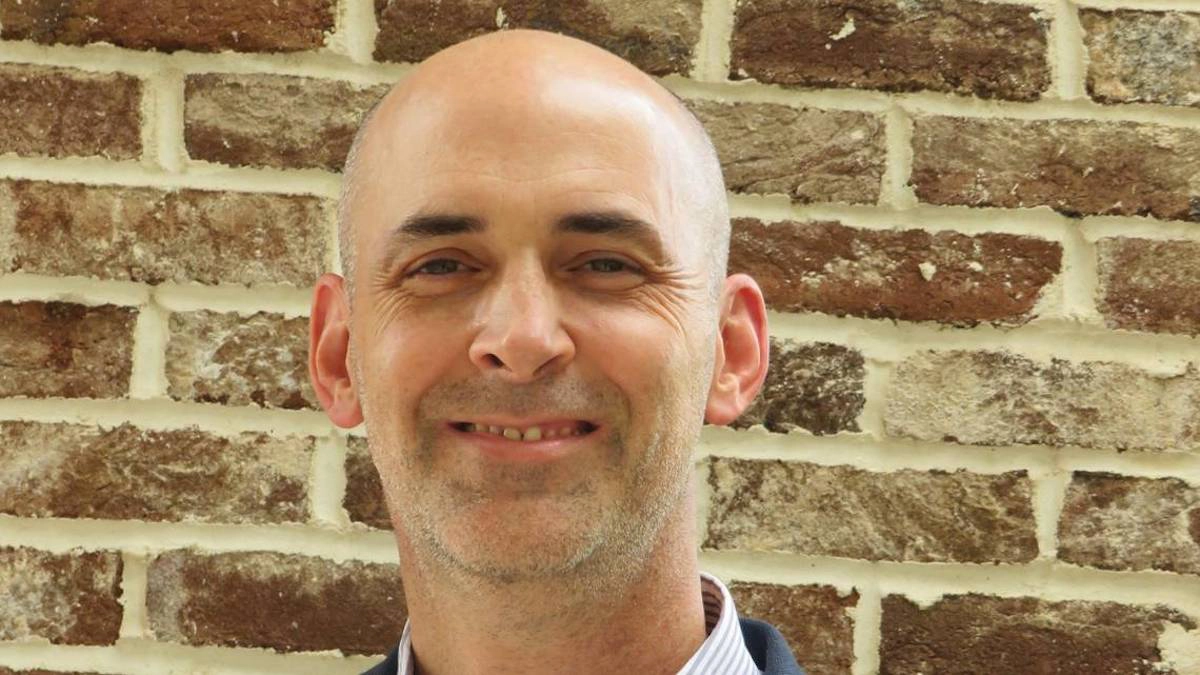By Andy Brack
Perhaps the most unheralded achievement of the 2024 legislative session was the bipartisan effort that will place the first individual statue honoring a great Black South Carolinian on the Statehouse grounds.
S.C. Gov. Henry McMaster on May 20 signed a bill into law to establish a monument to Robert Smalls, the Civil War hero and Reconstruction leader born enslaved in 1839 in Beaufort.
As a 23-year-old pilot in Charleston, Smalls commandeered a Confederate ship called the Planter, sailed 15 family members through a blockade and turned over the ship to Union forces, thus escaping slavery. After it was overhauled, he was made its captain as it was used in the rest of the war.
“He served the Union Army as a civilian boat pilot with distinction in numerous engagements, acted as a spokesperson for African Americans, and was made the first Black captain of an Army vessel for his valor,” according to text in the new law.
Smalls later served in the S.C. House and S.C. Senate before being elected for five terms as a member of Congress between 1875 to 1887. He endured “violent elections to achieve internal improvements for coastal South Carolina and to fight for his Black constituents in the face of growing disenfranchisement.”
Michael B. Moore, a direct descendant of Smalls, is a current Charleston-area Democratic candidate trying to win a seat in Congress.
“I am deeply honored and proud to see my great-great-grandfather, Robert Smalls, celebrated with a statue on the Statehouse grounds,” Moore told Statehouse Report. “In this hyperpartisan world, the fact that this was an overwhelmingly bipartisan effort is both exceedingly rare and meaningful. It is a testament to his enduring legacy and the power of unity.”
Freshman Republican Rep. Brandon Cox of Berkeley County, who introduced the bill honoring Smalls, earlier this year said its unanimous support in the House in March “says a lot about the state of South Carolina and where we are today. It shows that we are in the 21st century and that is a positive thing for our state.”
South Carolina made history in 2001 as the first of 50 states to have a monument dedicated to Black history on the grounds of its state capitol. But until now, all of the Statehouse’s stand-alone monuments, markers and statues have memorialized White leaders.
The new law empowers a Robert Smalls Monument Commission to determine the design and location of a monument to the Beaufort native and for it to be erected “as soon as is reasonably possible after the design plan has been approved by the General Assembly by a concurrent resolution.”
The commission, made up of five members appointed each by the House and Senate plus the director of the state Department of Administration or a designee, has a deadline to report a proposed design and location to legislators by Jan. 15, 2025.
According to a 90-page report from 2015 by the State Historic Preservation Office of the S.C. Department of Archives and History, there are scores of historic places in the Palmetto State that have important associations with African American history. These include schools, churches, cemeteries, homes, libraries, battle sites, markets, orphanages and more.
But there appeared to be no statues in the report. In recent years, however, Charleston unveiled a monument to freedman Denmark Vesey in Hampton Park. Last month saw the unveiling in Beaufort of a monument to Harriet Tubman, the conductor on the Underground Railroad who escaped slavery, only to return several times to liberate 70 people before and during the Civil War.
A statue recognizing Smalls is a win for all South Carolinians. Let’s hope state legislators can come together more often next year in a bipartisan manner to create policy wins that will improve education, provide access to health care to more people, clean up pollution and generate greener power.
Andy Brack is editor and publisher of Statehouse Report and the Charleston City Paper. Have a comment? Send to feedback@statehousereport.com.








